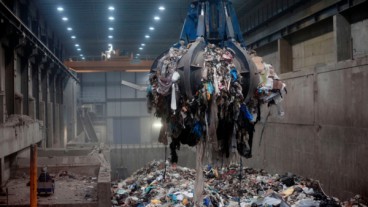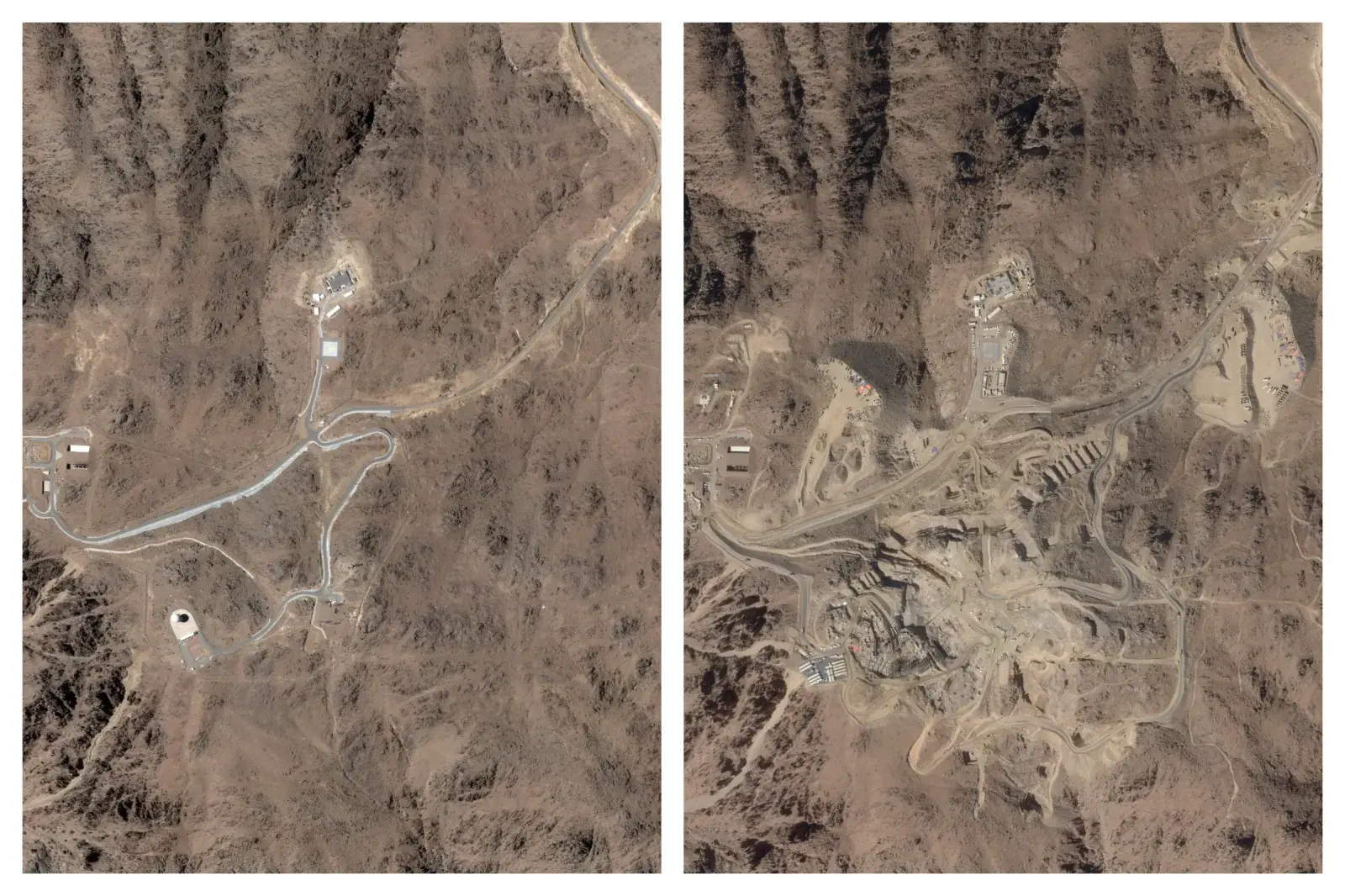Open dumpsite hazards responsible for 750 deaths in 7 months

A new ISWA report provides the guidelines in order to help authorities close some of the most dangerous dumpsites in the world
A new ISWA report provides the guidelines in order to help authorities close some of the most dangerous dumpsites in the world
A recently published report from the International Solid Waste Association (ISWA) reveals that from December 2015 to June 2016, there have been more than 750 deaths globally related to poor dumpsite waste management and associated health impacts. The report, titled ‘A Roadmap for Closing Waste Dumpsites, The World’s most Polluted Places’, aims to support local and regional authorities in creating roadmaps for closing their dumpsites and developing alternative waste management systems, providing the key-elements for the required change. It also includes suggestions and tips for managing the social, governance, financial and technical challenges. Over the next years, ISWA plans to invest significant energy into helping close some of the most dangerous waste facilities on the planet.
Even though open dumps have not been permitted in developed countries for more than 30 years due to environmental and public health reasons, they continue to receive approximately 40% of the world's waste and serve three to four billion people in developing countries. However, the dangers of these dumpsites are very real and affect significant numbers of people with severe implications for their health and safety. According to the report, fifty of the world’s biggest dumpsites affect the daily lives of 64 million people -the equivalent of the population of France, and together hold up to 815 million cubic meters of waste, more than 320 times the volume of the Great Pyramid of Giza. These sites are spread across South and Central America, Africa, Eastern Europe and Central and South East Asia, as presented in the Waste Atlas report in 2013.
The association recorded more than 750 deaths that had been caused by inadequate waste management between December 2015 and June 2016, and found that exposure to open dumpsites in South-East Asia has a greater detrimental impact on the population’s life expectancy than malaria. In addition to the human cost, ISWA’s Wasted Health report published in 2015 estimated that the financial cost of open dumpsites amounts to tens of billions of US dollars per year.
Presenting the report, Antonis Mavropoulos, ISWA President and co-author of the roadmap, stated: ‘Dumpsites are becoming a global health emergency. We are well aware that closing down a dumpsite is neither a simple nor an easy task. It requires an alternative waste management system, with adequate planning, institutional and administrative capacity, financial resources, social support and finally political consensus. All of these conditions are really difficult and sometimes impossible to meet in countries where dumpsites are the dominant method of waste disposal and level of governance quality is questionable. This is why ISWA calls for the creation of an international alliance that will drive the dumpsites closure in the poorest countries of the world. We think this is the minimum response to an ongoing health emergency.'
Source: Wasteless Future
Source: Wasteless Future
Want to read more like this story?

New EU legislation on waste management
Jun, 08, 2018 | NewsBased on the principles of circular economy, the new guidelines aim for a drastic reduction of landf...

Due to Sweden’s revolutionary recycling program, the country needs to import 800,000 tns of waste annually to feed its 32 waste-to-energy plants
Oct, 11, 2017 | NewsThe energy goes into a national heating network to heat homes throughout the winter and is also used...

This waste incinerator sets a new capacity record!
Mar, 03, 2016 | NewsLocated in Shenzhen, China, it will be ready by 2020 andits capacity will reach 5000 tn/day! Loca...

A Japanese village aims to become the country’s first 'Zero-Waste' community by 2020
May, 06, 2016 | NewsWaste in Kamikatsu is separated in 34 categories! Waste in Kamikatsu is separated in 34 categorie...

What should countries do with their nuclear waste?
Nov, 11, 2025 | NewsA comprehensive review from Massachusetts Institute of Technology (MIT) addresses strategies for th...

Airline food waste: 5.2 million tons were thrown away in 2016 alone
Apr, 19, 2017 | NewsCabin waste costs the industry $500m per year, according to IATA Cabin waste costs the industry $...

Waste is upcycled into bricks for streets in Nairobi
Jan, 24, 2018 | NewsMaterials that have ended up in the dumpsite can benefit the community while also creating unique st...

Release of Environmental Engineering for the 21st Century: Addressing Grand Challenges
Jan, 14, 2019 | NewsNational Academies of Sciences, Engineering, and Medicine released a new report on Environmenta...

Energy Hogs: Megacities with Largest Appetite for Resources
Apr, 28, 2015 | NewsAn international team of researchers led by engineers from the University of Toronto analyzed resour...
Trending

Vertical gardens in Mexico City to combat pollution

Characteristics of Load Bearing Masonry Construction

Taipei 101’s impressive tuned mass damper

Dutch greenhouses have revolutionized modern farming

The Line at Neom faces feasibility reassessment while construction continues

The Line at Neom faces feasibility reassessment while construction continues

King Salman Gate unveiled adjacent to Mecca’s Grand Mosque

